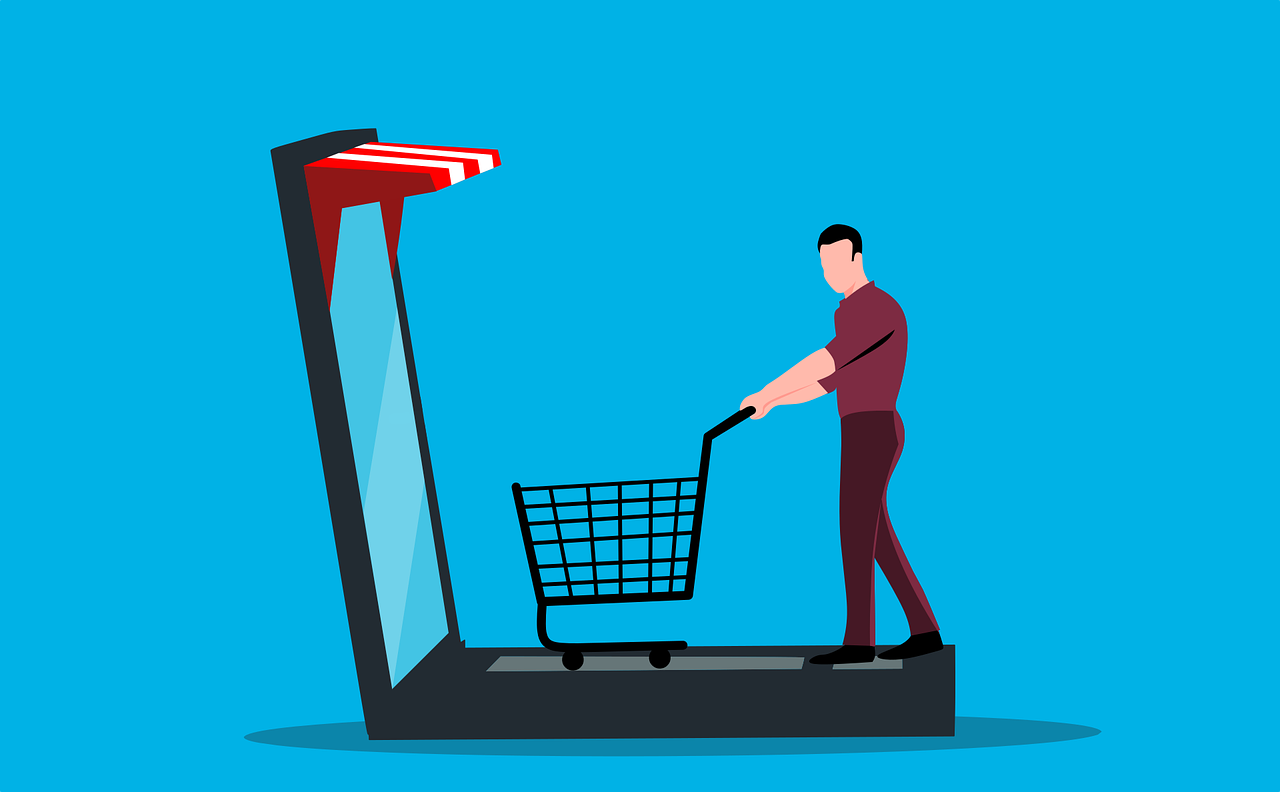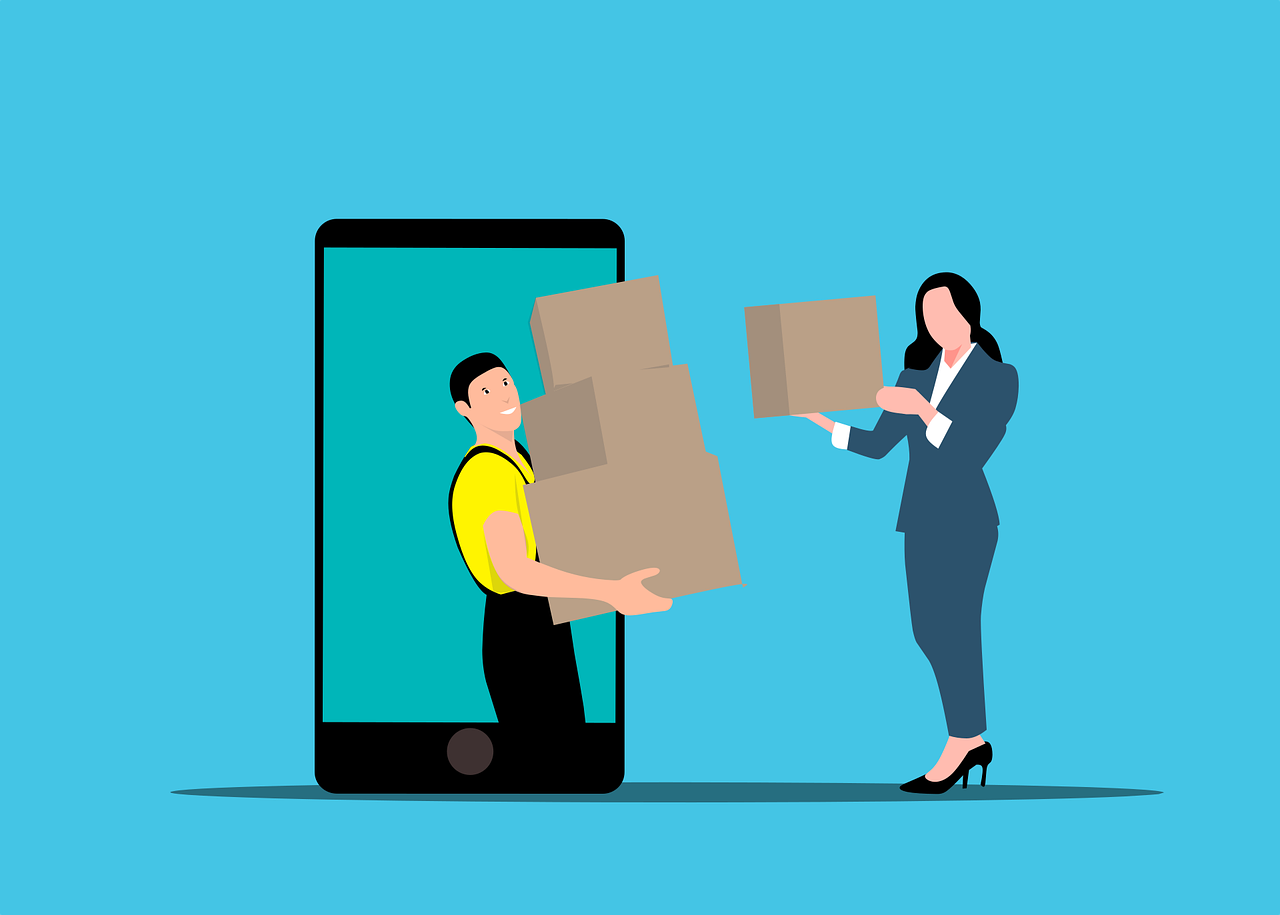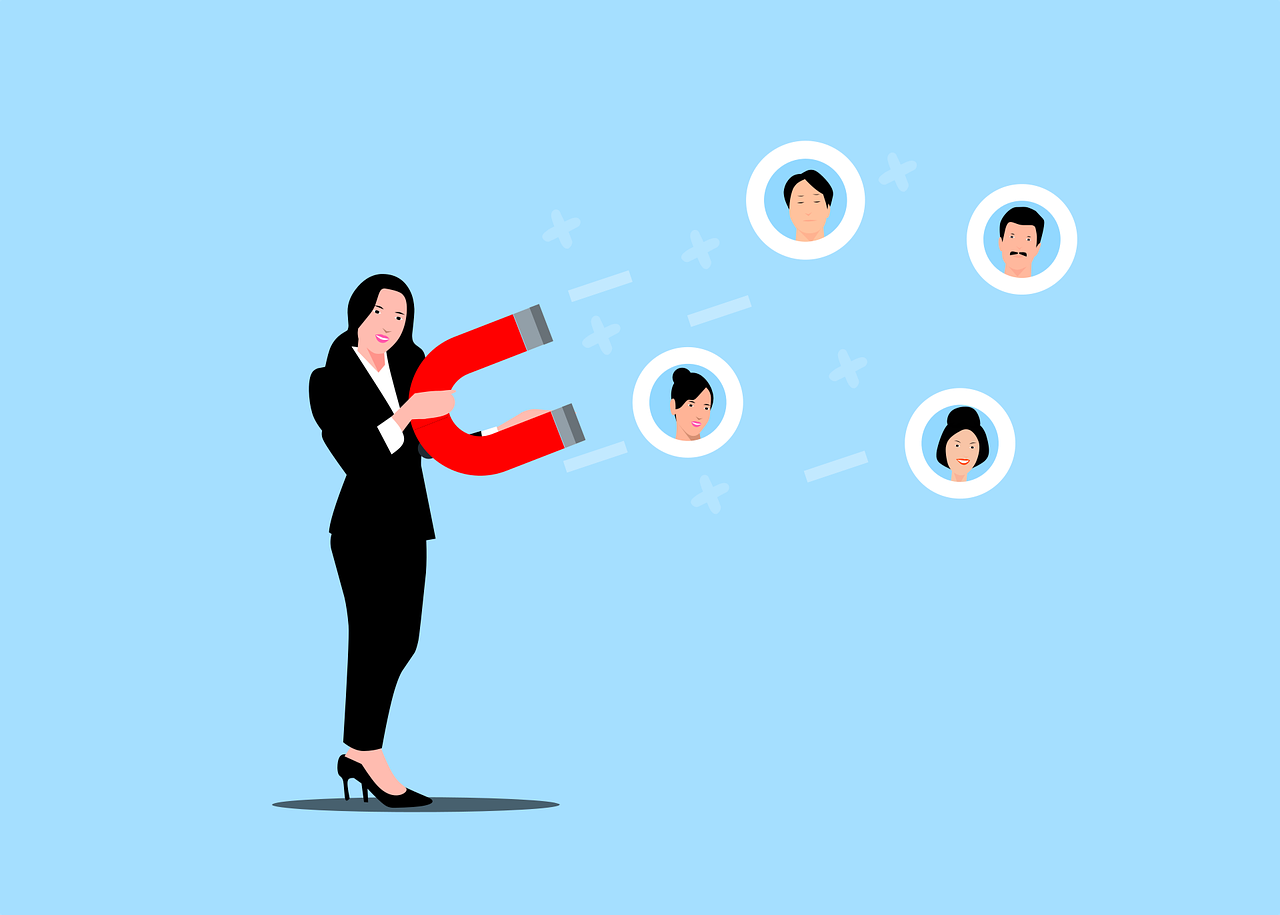
REVENUE DRIVEN FOR OUR CLIENTS
$500 million and counting- Home
- Who We Help
- Industries
- SaaS
-
Marketing Expenses:
- Digital advertising expenses include pay-per-click (PPC) ads, social media ads, and display ads.
- Allocation of funds for types of content — blog posts, videos, infographics, promos, etc.
- Marketing fees like money spent on agencies, freelancers, or in-house marketing teams.
-
Sales Expenses:
- Sales team salaries and commissions.
- This includes customer relationship management (CRM) software and other sales tools.
- Hiring and integrating associates of your sales teams.
-
Operational Costs:
- Payment for platforms, such as Google Ads, HubSpot, or other marketing tools.
- Overhead expenses pertaining to campaigns, like event sponsorships or printed material.
-
Measuring Efficiency:
-
Evaluating Profitability:
-
Planning Budgets:
-
Benchmarking Performance:
-
Define a Target Customer Acquisition Cost
- Calculate the Lifetime Value (LTV) of Your Customers:
- Set Your CAC Benchmark:
- Track Your Progress:
-
Optimize Your Marketing Funnel
- Optimize the Customer Journey:
Cut out the not needed steps from the buying process. Don’t force users to fill out lengthy forms or go through several screens to buy. - Focus on Qualified Leads:
Leads need not all be the same. Spend your efforts on leads that fit your ideal customer profile. So, use tools like lead scoring to prioritize high-quality leads. - Nurture Leads Effectively:
Most leads don’t convert immediately. Automated email sequences or chatbots can do an excellent job of keeping these prospects engaged and moving toward making a purchase. - Analyze Drop-Off Points:
Using tools just like the SaaS content marketing services providers use, including Google Analytics can help you pinpoint where prospects are dropping off in your funnel. Some annoying issues can be a confusing landing page or a poorly timed follow-up, so solving them can help increase conversions considerably. - Speed Matters:
A website that loads quickly is a must-have. Such is the power of speed that even a one-second reduction in loading time can result in a 20% decrease in conversions. Identify and resolve performance issues with tools such as Google PageSpeed Insights or GTmetrix. - User-Friendly Navigation:
You want your visitors to be able to find what they want as quickly as possible. Make your menus straightforward, include a search bar, and make sure key information (like pricing or contact information) is easily found. - Clear Calls-to-Action (CTAs):
Your CTAs need to instruct users on what to do next, be it signing up, making a purchase, or downloading a resource. Use active language such as “Start Your Free Trial” or “Download the Guide.” - A/B Testing:
Experiment with various headings, images, and CTAs on the landing pages to find out what works for you. Use it to find out what your audience likes and what sells them. - Blog Posts:
Use articles to solve your audience’s problems. For example, if you sell accounting software or write a blog page like “How to Make Year-End Tax Preparation Easy,” chances are you will tap the right audience. An ecommerce content marketing agency can help to jot down the best topics. - Videos:
Make tutorials, product previews, or industry analysis. Most people love videos and also get higher conversion rates. - Infographics:
Visual content is also easier to cook up and share. Infographics present complex information in an engaging way. - Case Studies:
Demonstrate how your product has enabled real customers to achieve their goals on your website and others’ websites, and use the help of SaaS link-building services. By showcasing tangible results, you can convince potential customers that trusting your brand is the right decision.
Value-generating asset. Forget about evergreen content — if you create a great blog post or a guide in video format, it can help you get traffic and convert for several months or years. - Analyze Customer Data:
Use analytics tools to pinpoint where your most valuable customers are arriving from. For instance, see if there are patterns with location, age, gender, or another demographic. - Tailor Your Campaigns:
Develop focused marketing initiatives for these top-performing segments. If you get the most sales in a particular city, for instance, direct your ads and promotions there. - Reallocate Budget:
Redistribute your spending from weak areas to strong growth opportunities. This means you’re targeting the customers with the most value.
By focusing on what works with the help of SaaS marketing services, you’re able to stop wasting money on things or audiences that bring no results. - Choose the Right Platforms:
Concentrate on the very particular platform your audience is on. For instance, B2B companies may find LinkedIn to be the best option, whereas visually driven sectors may do better on Instagram. - Engage Consistently:
Regularly update, comment back and forth with comments(relating to your posted news), and connect with followers to build relationships and trust. - Use Paid Social Ads Wisely:
Facebook (or Meta), Instagram, and LinkedIn are somewhat similar from an advertising perspective as they all perform very niche advertising. “To maximize your ROI, laser focus on specific interests, demographics, or behavior.
An effective social media strategy can help build engagement and reach new customers without cost-prohibitive expense. - Set Up Retargeting Ads:
Run ads on Google Ads or Facebook targeting users who haven’t finished making a purchase. - Personalize Your Message:
Customize your ads to remind users about the product they saw on your website or provide them an alternative to come back, like a discount. - Monitor Performance:
Revisit your retargeting campaigns often to keep them converting for a fair price. - Referral Discounts:
Give a discount to customers who refer their friends. For example, “Refer a friend and receive $20 off your next purchase.” - Exclusive Perks:
Make early access to new launches, discounts, or free shipping perks for loyal customers. - Points-Based Systems:
Reward customers with points for purchases, reviews, or referrals. These points can be exchanged for sales or benefits.
Satisfied customers are not just more likely to use your product or service; they are also able to promote your brand, allowing you to get new customers without spending heavily on advertising. - Target Narrow Audiences:
Target in-depth demographics or behaviors, making sure that your ads show to the individuals who are most likely to change over. - Use Negative Keywords:
While this has the potential to be a costly mistake if left unchecked, these types of queries essentially ensure your ads don’t show up on irrelevant searches and prevent you from spending unnecessary cash on non-converting clicks. - Test and Refine:
Try A/B tests with the help of SaaS SEO services on your ads and see what works best. Test headlines, imagery, and CTAs. Generally, Google Ads typically provide an average return on investment (ROI) of 200%. - Track ROI:
Track the performance of each campaign and invest your budget where ads perform best.
Intelligent ad management means your paid strategies yield returns instead of just raising your CAC. - Cost Per Acquisition (CPA):
Know your customer acquisition cost. - Conversion Rates:
Evaluate how well your site or campaigns are converting visitors into buyers. - CLV (Customer Lifetime Value):
Keep track of how much revenue each customer brings to balance your CAC accordingly.
By monitoring regularly, you can make informed decisions about whether or not to repeat a strategy, thus achieving better outcomes. - Paid search – 86%
- Online display advertising – 85%
- SEO (natural search) – 66%
- Web retargeting – 61%
- Mobile web – 52%
- Mobile and web push notifications – 34%
- Social media marketing – 31%
- Mobile apps – 30%
- Website – 29%
- Mobile messaging – 23%
- Email – 21%
Reduce Customer Acquisition Cost: 10 Techniques

Reducing customer acquisition cost (CAC) is not just about spending less money; it’s about getting more out of every dollar that you spend! With the cost of acquiring new customers rose by about 60% between 2014 and 2019 and 222% between 2020 to 2022, cost is an important factor. For small businesses or large companies, the name of the game is the same: Get new customers without breaking the bank. This blog shows you how to reduce customer acquisition costs while not having to sacrifice any level of quality in your marketing campaign.
We’ll take this one step at a time.
How Does Customer Acquisition Cost Work?
Retaining an existing customer is 5 to 25 times more cost-effective than acquiring a new one making CAC (Customer Acquisition Cost) one of the most helpful metrics to measure how much a business is investing to really get a new customer. It is the sum of all investments made to transform a prospect into a customer, covering all activities, tools, and resources.
Understanding the Components of Customer Acquisition Cost:
CAC encompasses everything you spend in the pursuit of acquiring customers. Here’s what goes into calculating CAC, generally:
How to Calculate CAC
The formula used by ecommerce marketing services for counting CAC is straightforward:
CAC=Total Cost of Sales and MarketingNumber of New Customers Acquired\text{CAC} = \frac{\text{Total Cost of Sales and Marketing}}{\text{Number of New Customers Acquired}}CAC=Number of New Customers AcquiredTotal Cost of Sales and Marketing
For example:
If you spend $5,000 on marketing campaigns and acquire 50 new customers as a result, your CAC is:CAC=500050=100\text{CAC} = \frac{5000}{50} = 100CAC=505000=100
This means it costs $100 to acquire each new customer.
Why is CAC Important?
A 5% increase in customer retention rates can lead to a profit boost ranging from 25% to 95% and this is why you need to understand your CAC:
CAC shows you if your customer acquisition strategies are cost-effective or not. The CAC should always be lower, though a high CAC may mean inefficiencies in either your selling or marketing processes.
CAC has a direct impact on your profit margins. If you’re paying a lot more to acquire a customer than he/she generates in revenue, your business will have trouble sustaining growth.
By understanding your CAC, you can better allocate resources to ensure that your marketing and sales efforts provide the best ROI.
Measuring CAC over time will show you if your strategies are improving. It also enables you to benchmark your performance against competitors or industry norms.
Reduce Customer Acquisition Cost With These 10 Ways

The first step of how to reduce customer acquisition costs your customer acquisition cost is to establish a clear, measurable target. If you don’t have a specific target, you can’t possibly track if you’re improving. Your ideal CAC is not a single number; it should match your business targets, such as revenue targets, profit margins, and lifetime value (LTV) of customers.
How to Define a Target CAC:
Lifetime value is the total revenue you anticipate earning from a customer throughout their relationship with your company. For instance, if the average customer spends $5,000 per year and keeps their subscription for three years, then their LTV is $15,000.
Your CAC Ideally Should Be 20–30% of the LTV. That article prevents your acquisition costs has the prospect of profit. For a customer with an LTV of $1500, your CAC should be between $300 and $450.
Make a point of comparing your actual CAC to your target. If your numbers indicate high CAC, it is the right time to reconsider your strategies and fine-tune your efforts.
With a specific number in mind, you’ll have a final line against which to measure your cost-reduction initiatives.
A well-functioning marketing funnel is one of the most important elements for lowering CAC, according to many ecommerce SEO services providers. The top part of the funnel depicts how customers move from discovering your brand to making a purchase. If there are some inefficiencies, you will pay more than necessary to access customers.
How to Optimize Your Funnel: Step-by-Step
A well-optimized funnel helps eliminate waste and drive real results from your marketing efforts.
3. Enhance Website and Landing Page Performance
Your website is your online storefront. If it’s slow, confusing, or off-putting, prospects will bounce before you convert them, which increases your CAC.
Tips on Better Performance for Websites and Landing Pages:
A slick, high-converting website not only enhances the customer experience but also makes sure you’re getting the most out of your traffic.
4. Create High-Quality Content
Content marketing is the most economical way to attract customers and convert them. Interesting, valuable, and important content can help you build trust, showcase your expertise, and forge a path of keeping an audience engaged.
Medium-quality Content Examples:
5. Optimize Your Top-Performing Locations
Some customers are more profitable than others. This information allows you to target the most successful areas of your business, minimizing CAC and ensuring that spent resources are going towards your highest yield demographics.
Identifying and Leveraging Top-Performing Locations:
6. Leverage Your Social Media Strategy
Social media is a great low-cost way to reach potential customers! However, you must be strategic about how you use it.
My Social Media Strategy: Tips for Success
7. Engage Retargeting Strategies

Retargeting makes it possible for you to target your ads to individuals who have already expressed interest in your brand. These leads are usually more likely to convert, which makes retargeting a cost-effective way to bring down CAC.
How to Implement Retargeting:
Retargeting allows you to stay top-of-mind with potential customers and convert warm leads more effectively.
8. Utilize Loyalty Programs and Referral Incentives
Your current customers can be your most potent allies when it comes to decreasing CAC. By rewarding their loyalty and incentivizing referrals, you can acquire new customers more cost-effectively.
Loyalty and Referral Program Ideas:
9. Optimize Paid Advertising Campaigns
The likelihood of selling to an existing customer ranges from 60% to 70%, whereas selling to a new prospect has a probability of just 5% to 20% paid advertising is a critical component of this marketing mix, but this can get costly if you don’t proceed with caution.
Tips to Reduce Paid Ad Costs:
10. Monitor and Analyze Performance Data Regularly
The solution is data-driven decisions, which is essential for reducing CAC. This means you can see what works and where you can improve your marketing performance by looking at your analysis.
Key Metrics to Track:
Commonly used strategies for acquiring customers include:
Conclusion
Thinking about how to reduce customer acquisition costs is about working smarter. Clear goals, optimized processes, and a focus on what works can bring down the CAC even while scaling your company. These are practical strategies by Wytlabs experts that get the job done while allowing you to maximize your marketing dollar. You go small, see what works, and then scale from there.
© 2025 WYTLABS (A Brand of Digimagnet INC.) All Right Reserved.
Schedule My 30 Minutes Consultation Call
We use cookies on our site to provide you with the best user experience. We will assume that you are agreeing to our Privacy Policy, if you continue accessing this website.OK, I AgreePrivacy policyGet a Proposal
- Industries
 CLIENT LOGIN
CLIENT LOGIN




 99 South Almaden Boulevard, San Jose, California, 95113
99 South Almaden Boulevard, San Jose, California, 95113 